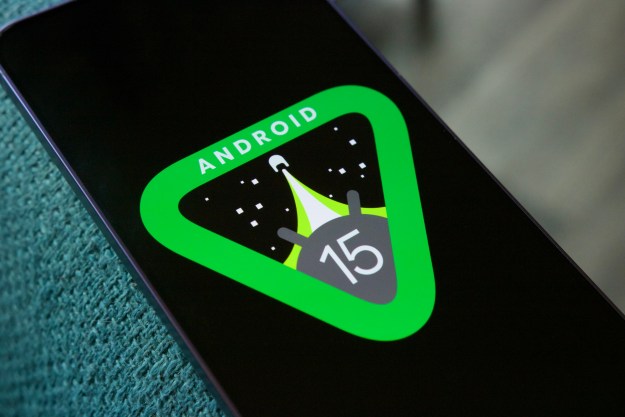
Users (via Android Police) started reporting the addition of the new feature in Maps version 9.31, followed by an official blog post from Google. If you don’t have that version of Maps, you may have to wait a little until it gets rolled out to you. Even if you do have the latest version of the app, it seems as though Google needs to switch on the feature for some users.
Previously you have been able to add stops to your trip, but doing so required starting navigation and then pressing the “search” icon. Now, you can add as many destinations as you want before you start navigating to your first destination. That also means that you’ll be able to plan out your route more easily. Destinations are denoted on the app by letters, and can be reordered before you start the trip, ensuring that the best route possible is taken. The ability to add multiple destinations is currently only available on Android, but Google says it’s coming to iOS soon.

Other changes in the new app include a new design for the timeline screen, which provides some statistics about the trips that you’ve taken. The new design makes the interface look somewhat like Google Photos, which helps create a sense of unity across Google’s ecosystem.
Google has been putting some serious effort into developing and improving Maps. In fact, it’s even recruiting users to answer questions about specific destinations. Users will also be used to verify edits suggested by other users, so as to not only ensure everything is accurate, but also to avoid mishaps like images of the Android robot peeing on the Apple logo.
Editors' Recommendations
- The Google Pixel 8a price just leaked. Here’s how much it’ll cost
- A new Google Pixel Tablet is coming, but it’s not what you think
- Why you need to be excited about the Google Pixel 8a
- The 6 biggest announcements we expect from Google I/O 2024
- 5 phones you should buy instead of the Google Pixel 8
